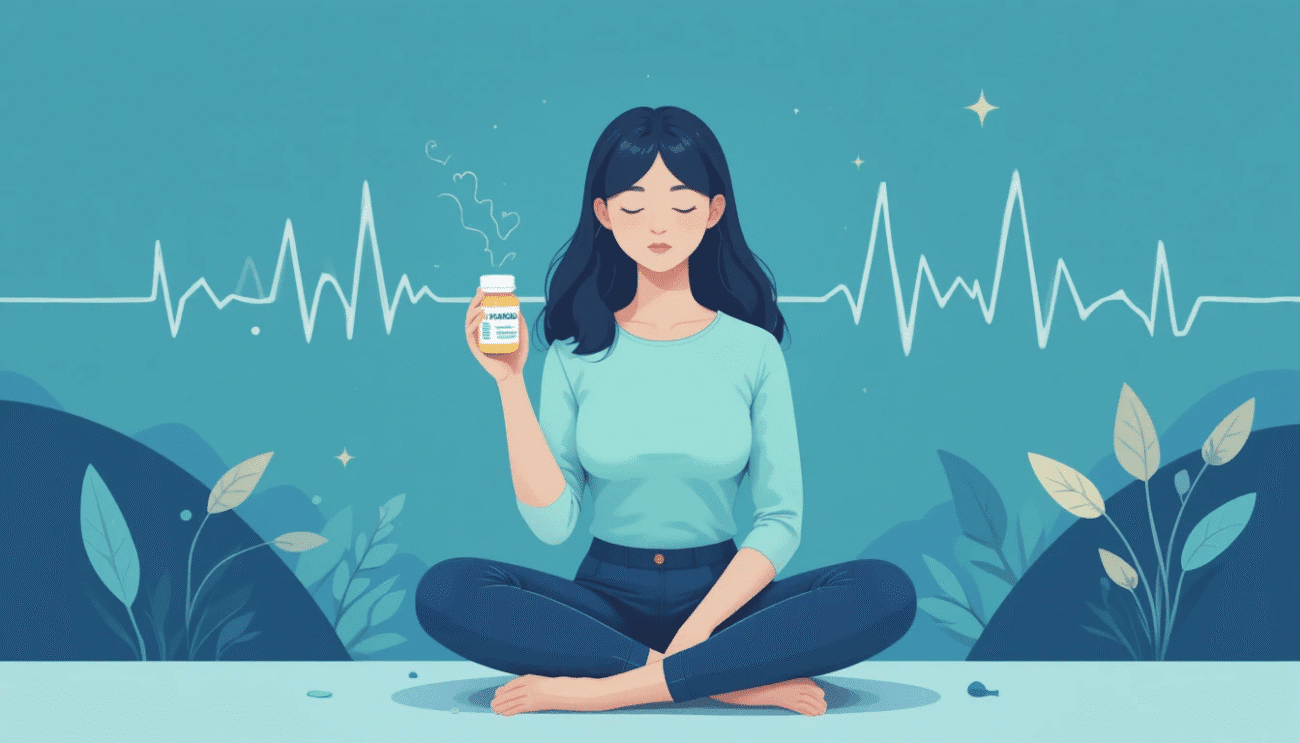Struggling with anxiety and wondering if propranolol could help? You’re not alone. Many people search for the right propranolol anxiety dose to manage symptoms like racing heart or shaky hands during high-stress moments. Let’s break down how propranolol works for anxiety, the typical dosage, and what you should know to use it safely.
What Is Propranolol and How Does It Help Anxiety?
Propranolol is a beta-blocker commonly prescribed for heart conditions, but it’s also a go-to for anxiety. It works by blocking adrenaline, which calms physical symptoms like rapid heartbeat, sweating, or trembling. Think of it as a shield against the body’s “fight or flight” response during stressful situations, like public speaking or big meetings.
Unlike antidepressants or anti-anxiety meds, propranolol doesn’t alter your mood. It’s typically used “as needed” for situational anxiety rather than daily treatment. Curious about other anxiety medications? [internal link to anxiety medication comparison].
Typical Propranolol Dosage for Anxiety
The right propranolol anxiety dose depends on your situation, but here’s what’s common:
- Situational Anxiety: Doctors often prescribe 10–40 mg taken 30–60 minutes before a stressful event, like a presentation.
- Low Starting Dose: Most people start with 10 mg to see how their body reacts.
- Maximum Dose: Rarely exceeds 80 mg per dose for anxiety, but this varies by individual.
Your doctor will tailor the dose based on your symptoms, medical history, and response. Never adjust your dose without consulting a healthcare provider. [link to external resource on propranolol prescribing guidelines].
Factors That Affect Your Dose
Several factors influence the right propranolol dose for anxiety:
- Body Weight and Metabolism: Larger or faster-metabolizing individuals may need higher doses.
- Severity of Symptoms: More intense anxiety may require a slightly higher dose.
- Other Health Conditions: Heart issues or low blood pressure can affect dosing.
Always follow your doctor’s guidance to avoid side effects like dizziness or fatigue.
How to Take Propranolol for Anxiety
Propranolol is usually taken as a tablet, with or without food. Here’s how to use it effectively:
- Timing Matters: Take it 30–60 minutes before the anxiety-inducing event.
- Stay Consistent: If prescribed daily, take it at the same time each day.
- Avoid Sudden Stops: Stopping abruptly can cause rebound symptoms, so taper off under medical supervision.
Wondering about side effects? Common ones include tiredness, cold hands, or mild nausea. If you experience severe symptoms like fainting or slow heart rate, contact your doctor immediately.
Propranolol vs. Other Anxiety Treatments
Propranolol shines for physical anxiety symptoms, but it’s not a one-size-fits-all solution. For generalized anxiety, medications like SSRIs or therapy might be better long-term options. [internal link to SSRIs vs. beta-blockers for anxiety]. Propranolol is ideal for short-term, situational relief, like calming nerves before a big speech.
If you’re exploring non-medication options, techniques like deep breathing or mindfulness can complement propranolol. [link to external resource on anxiety coping strategies].
Safety Tips and Precautions
Before starting propranolol, keep these in mind:
- Talk to Your Doctor: Share your full medical history, especially if you have asthma, diabetes, or heart issues.
- Avoid Alcohol: It can amplify side effects like drowsiness.
- Monitor Your Response: If you feel off or overly sedated, consult your doctor.
Propranolol isn’t suitable for everyone, so a professional evaluation is key.
Practical Takeaway: Start Low, Go Slow
Propranolol can be a game-changer for managing situational anxiety, with most people starting at 10–20 mg per dose. Work closely with your doctor to find the right dose and ensure safe use. By addressing physical symptoms, propranolol can help you feel more in control during high-pressure moments.
